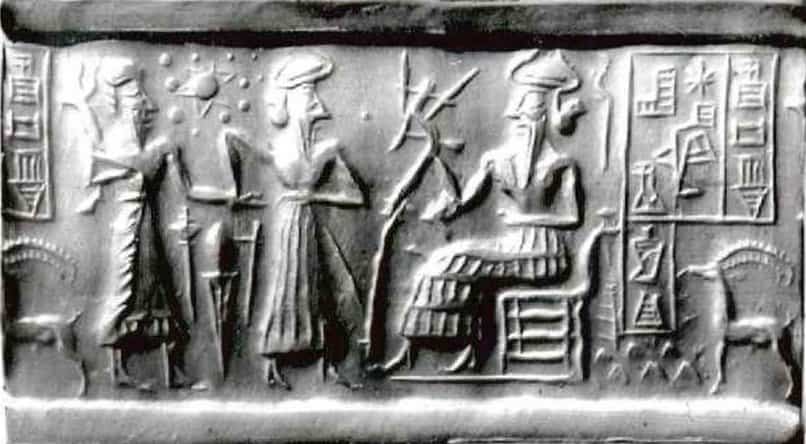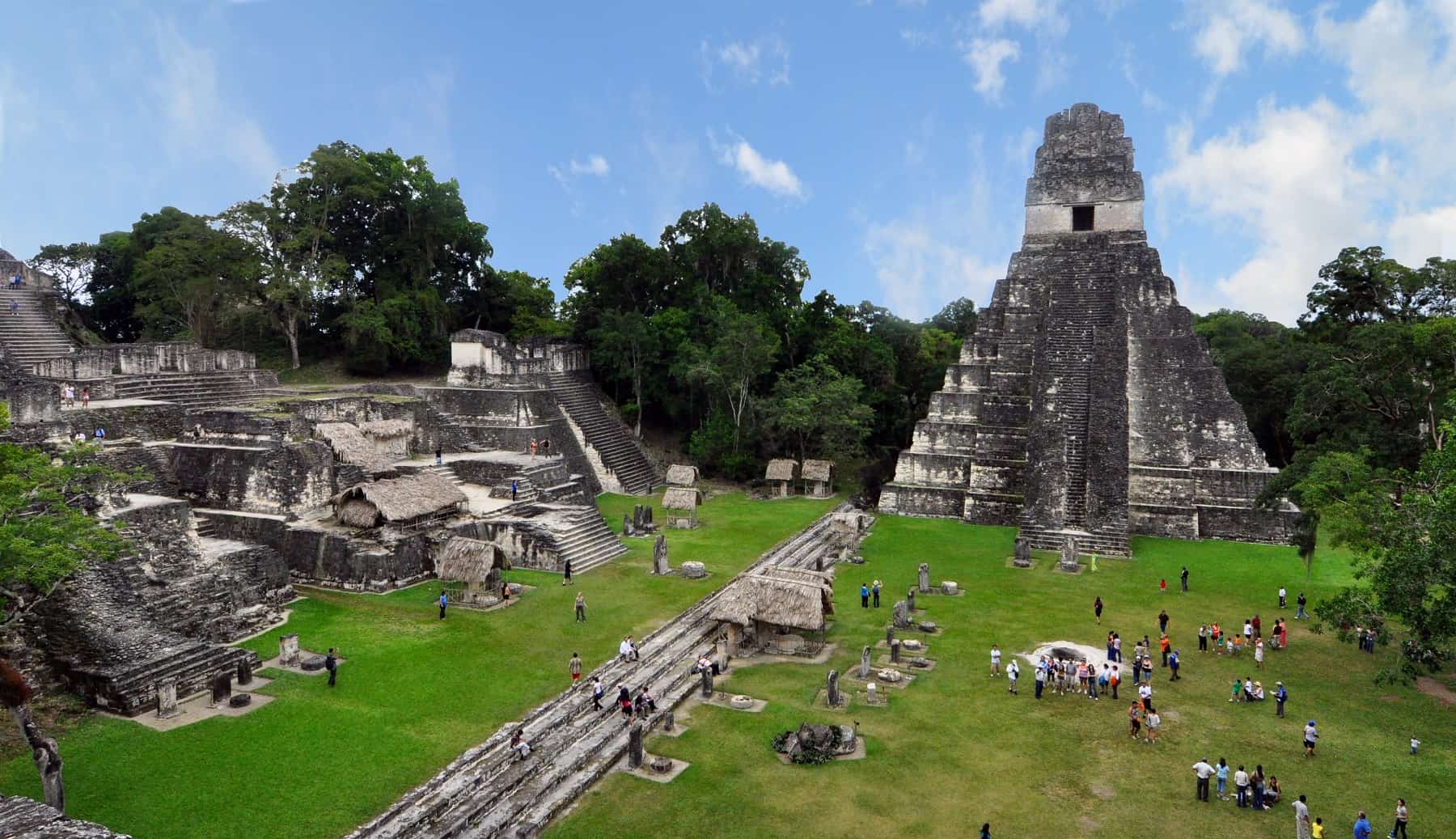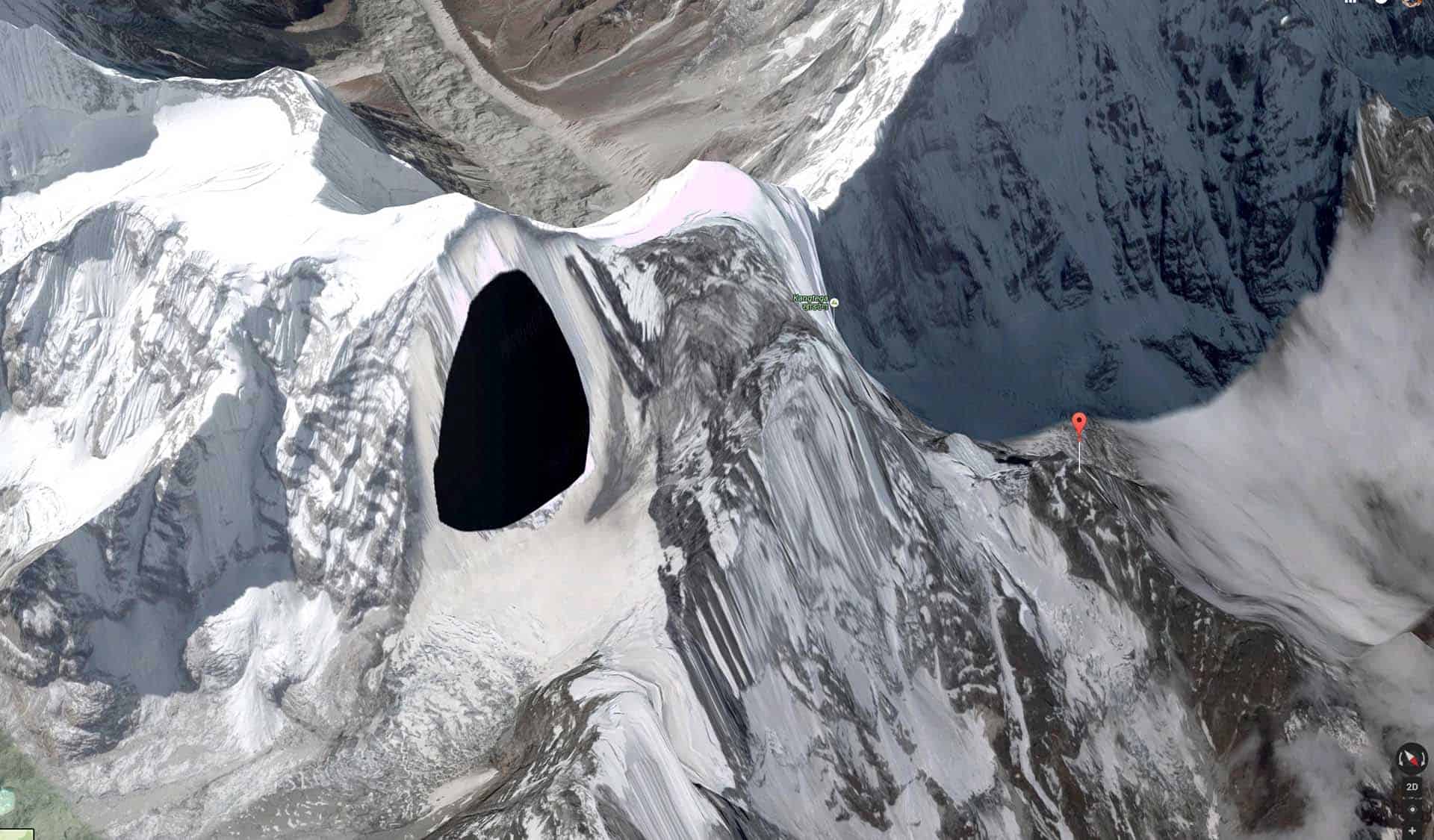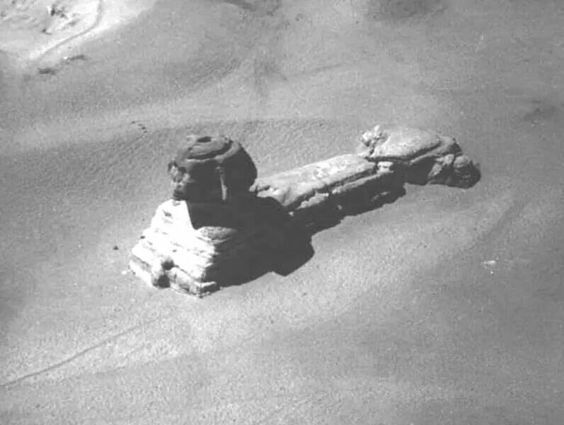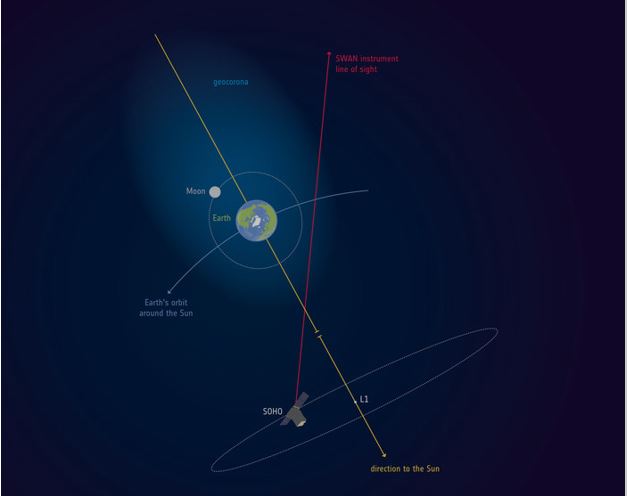
In Brief: Earth’s Atmosphere extends far beyond what was believed until now, according to a recent study by Russian researchers based on scientific observations that remained tucked away in archives for more than 20 years, waiting for the day someone would take a look at them.

Not that we didn’t go to space, or land on the moon, but mankind never actually left Earth’s atmosphere according to a recently published study.
How?
Well, simply put, we’ve just found out that Earth’s atmosphere is actually humongous.
It’s so massive that scientists say it extends beyond our moon.
Thanks to data compiled by the Solar and Heliospheric Observatory (SOHO), Russian scientists have found that the borders of the Earth’s atmosphere spread out a stunning 630,000 kilometers–almost twice the distance to the Moon.
This means that the Moon, the only place outside the earth’s surface is within this limit. In other words, we’ve set foot on the moon but without ever leaving Earth’s atmosphere.
It also shows that between 1996 and 1998 by the Solar and Heliospheric Observatory (SOHO), a group of scientists from the Space Research Institute of the Russian Academy of Sciences, headed by Igor Baliukin, managed to establish that the borders of the atmosphere of our planet are, in reality, 630,000 kilometers, a distance equivalent to 50 times the diameter of the Earth.
“The Moon flies through Earth’s atmosphere,” says Baliukin.
“We were not aware of it until we dusted off observations made over two decades ago by the SOHO spacecraft.”
This means that the Moon (which is situated at an average distance of 384,400 kilometers) is not outside its atmosphere, but right in the middle.
In fact, the only natural satellite of our planet orbits within Earth’s that range, as do its many artificial satellites.
SOHO casually obtained the revealing information while it was mapping the geocorona or terrestrial exosphere, the luminous part of the outermost region of its atmosphere formed by a cloud of hydrogen atoms that glow under the influence of ultraviolet radiation.
As noted by the European Space Agency, where it merges into outer space, there is a cloud of hydrogen atoms called the geocorona
However, this layer is very thin and can be observed only from space, so it is very difficult to measure.
In fact, the very first telescope on the Moon, which was placed by Apollo 16 astronauts in 1972, managed to capture an evocative image of the geocorona surrounding Earth and glowing brightly in ultraviolet light.

